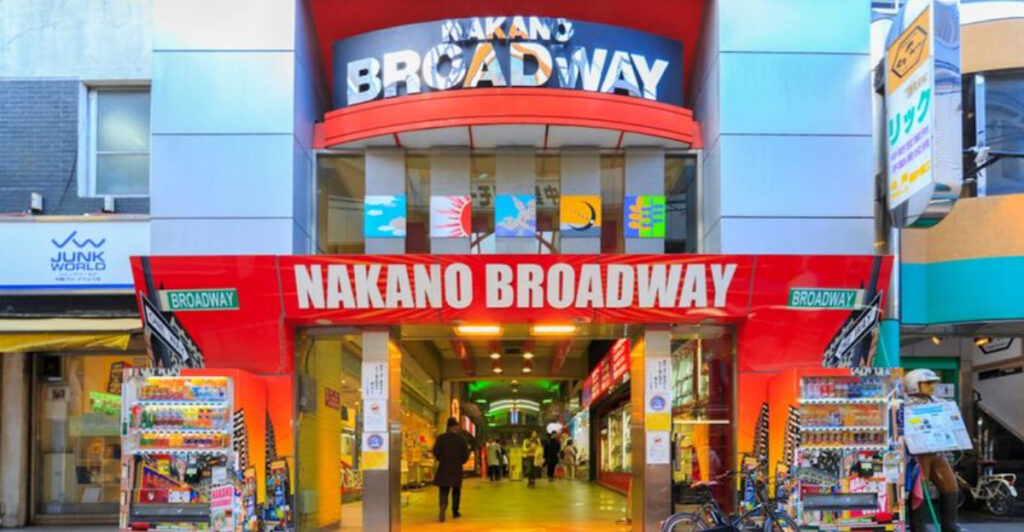Tokyo’s ramen scene can be overwhelming for visitors who don’t know where to look. Many tourists end up waiting hours at famous spots that charge premium prices for average bowls.
Smart travelers skip the crowded tourist traps and discover authentic neighborhood shops where locals actually eat.
Here’s your guide to avoiding overpriced disappointments and finding the real gems hidden throughout the city.
1. Ichiran Ramen – The Overpriced Chain Experience
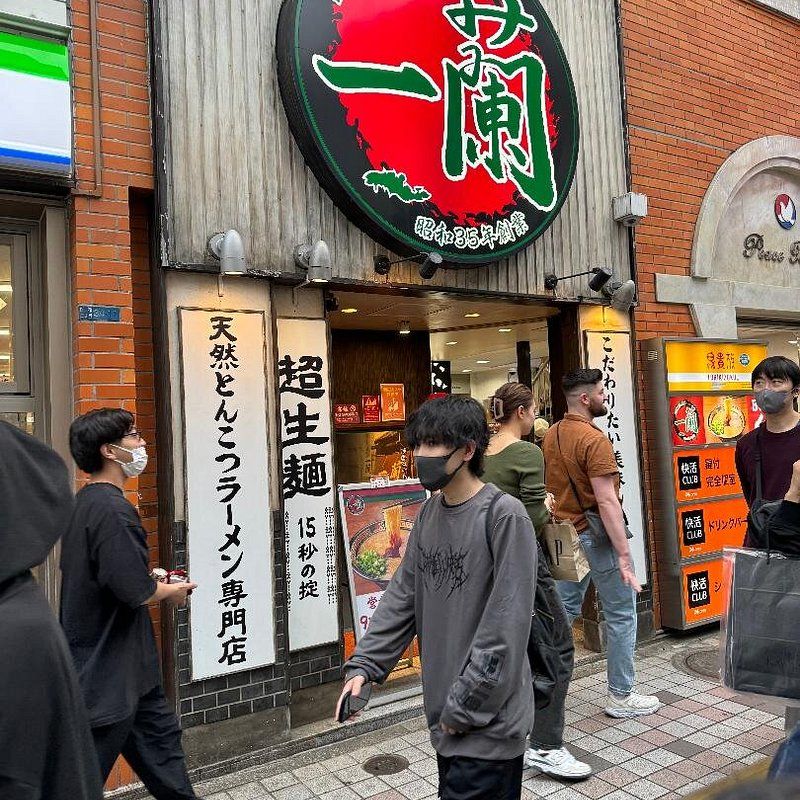
Countless tourists line up at Ichiran thinking they’ve found authentic Japanese ramen culture. The individual booth setup feels more like eating in a vending machine than experiencing real Japanese dining.
Prices here cost nearly double what you’d pay at local shops for similar quality. The tonkotsu broth lacks the depth and richness that makes great ramen memorable.
Most locals avoid this chain entirely, preferring family-run shops with decades of tradition. Your money deserves better than this assembly-line approach to Japan’s beloved comfort food.
2. Rokurinsha – The Two-Hour Wait Disappointment
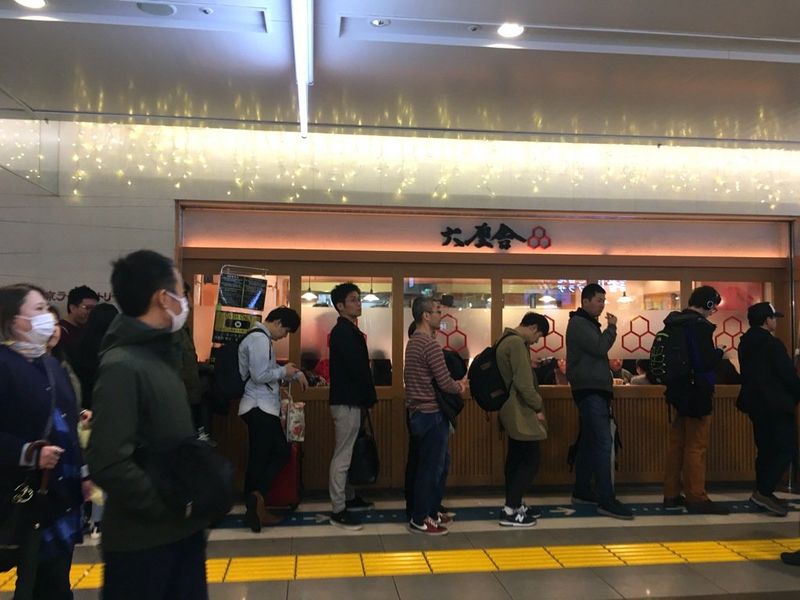
Tokyo Station’s famous Rokurinsha draws massive crowds who wait up to two hours for tsukemen noodles. The hype far exceeds the actual dining experience you receive.
While the noodles are decent, nothing justifies spending half your Tokyo day standing in line. The rushed atmosphere and constant pressure to finish quickly kills any enjoyment.
Local ramen enthusiasts know dozens of better tsukemen shops without the circus atmosphere. Save your precious vacation time for places that actually value your dining experience over their Instagram fame.
3. Shibuya Menya Saimi – Style Over Substance
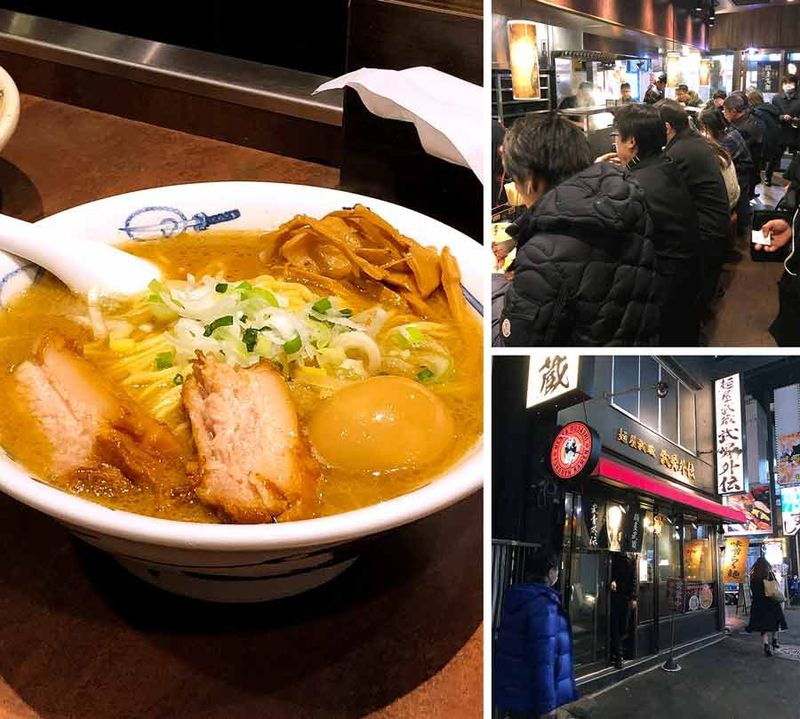
Shibuya’s trendy Menya Saimi attracts visitors with its modern Instagram-worthy interior design. Unfortunately, the flashy presentation doesn’t extend to the actual ramen quality.
The broth tastes generic and lacks the complex flavors that define exceptional ramen. Portions are smaller than traditional shops, yet prices remain inflated for the tourist-heavy location.
Real ramen lovers prefer humble shops where chefs focus on perfecting their craft rather than interior decorating. Skip this style-focused spot and find places where taste comes first, atmosphere second.
4. Nabezo All-You-Can-Eat Ramen – Quantity Over Quality
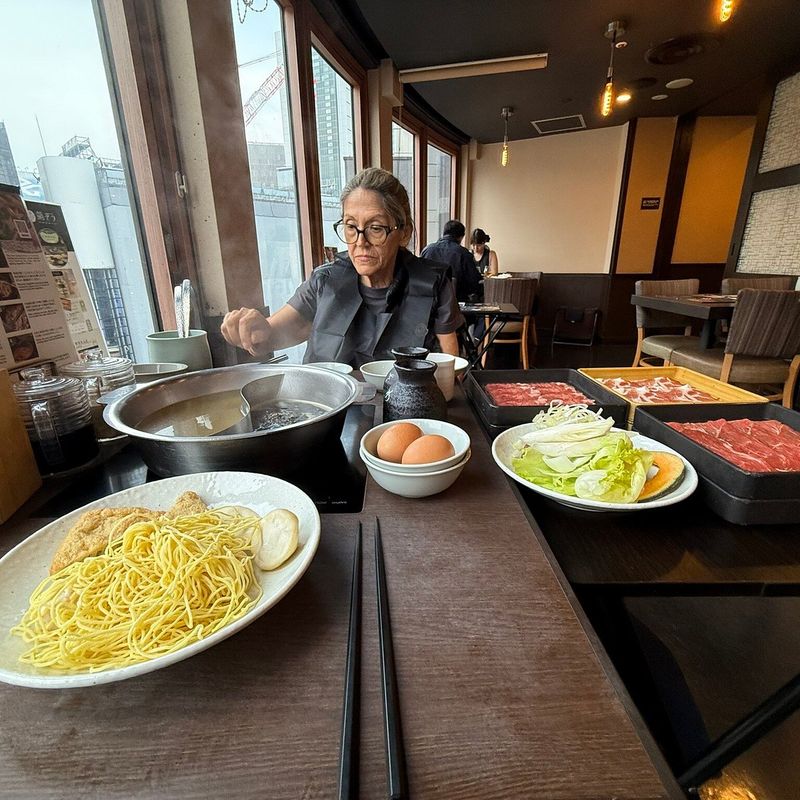
Nabezo’s all-you-can-eat ramen concept sounds appealing to budget-conscious travelers seeking maximum value. However, unlimited mediocre ramen still equals a disappointing meal experience.
The broth gets watered down throughout service, and noodles often arrive overcooked from high-volume preparation. Staff rushes customers through the experience like a fast-food assembly line.
Great ramen requires careful attention to timing and technique that’s impossible at this scale. Instead of eating poorly multiple times, invest in one exceptional bowl that showcases what Japanese ramen culture truly offers.
5. Harajuku Takeshita Street Ramen Stands – Tourist Trap Central
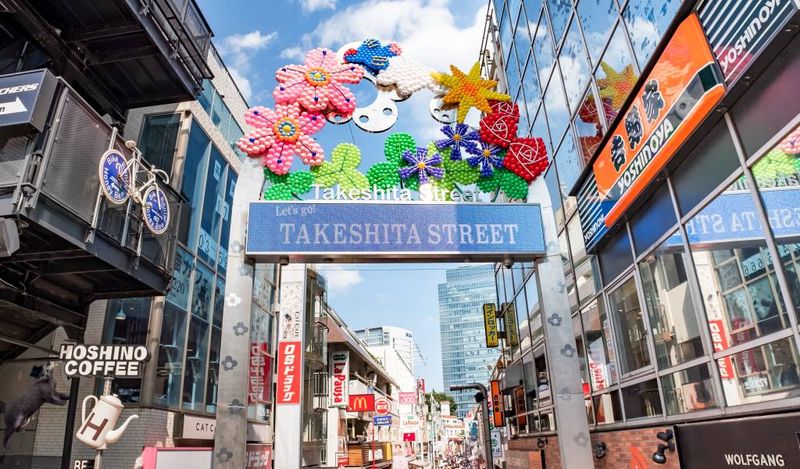
Takeshita Street’s colorful ramen stands look fun and authentic in photos but serve subpar food to unsuspecting tourists. These operations prioritize quick turnover over quality ingredients.
The broth often comes from instant packets rather than hours of careful simmering. Toppings are minimal and low-quality compared to legitimate ramen establishments.
Harajuku’s main attraction should be the unique fashion culture, not the food scene. Eat elsewhere and return here for shopping and people-watching instead of wasting money on forgettable meals.
6. Shinjuku Robot Restaurant Ramen – Gimmick Gone Wrong
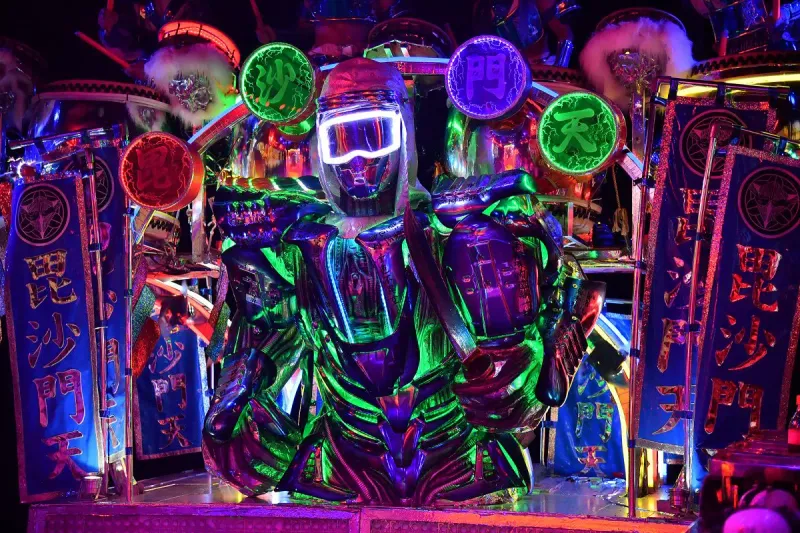
Shinjuku’s robot-themed restaurants extend their gimmicky approach to ramen with disastrous results. The flashy presentation can’t mask the fact that the actual food is terrible.
Neon-colored broths contain artificial flavoring and food coloring that would horrify traditional ramen masters. The focus on entertainment completely overshadows any attempt at creating edible food.
Come for the robot show if you must, but eat beforehand at a real restaurant. This represents everything wrong with tourist-focused dining that prioritizes spectacle over substance and flavor.
7. Ginza Expensive Hotel Ramen – Overpriced Pretension

Luxury hotels in Ginza charge premium prices for ramen that completely misses the point of this humble comfort food. The fancy presentation feels forced and inauthentic.
Chefs trained in French cuisine attempt ramen without understanding the soul behind Japan’s most beloved street food. The results taste expensive but lack the heart and tradition.
Real ramen culture thrives in small neighborhood shops, not marble-floored hotel restaurants. Save your money for actual luxury experiences and eat ramen where it belongs – in unpretentious local establishments.
1. Mensho Tokyo – Innovation Meets Tradition
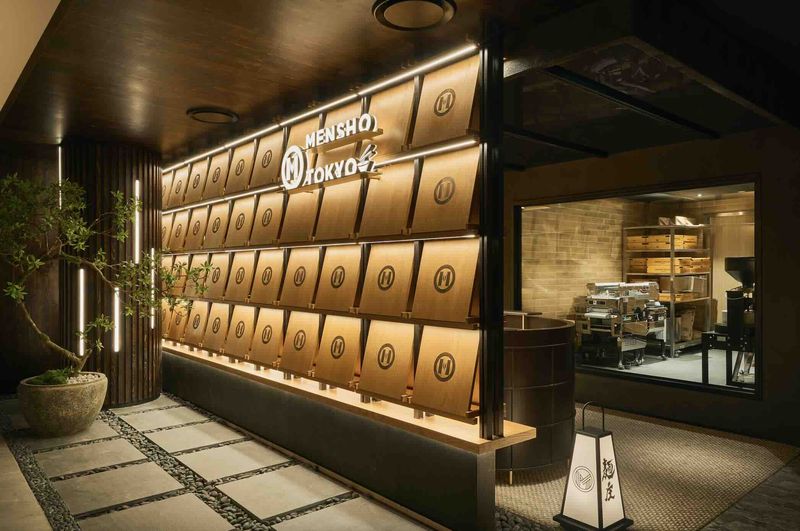
Hidden in Bunkyo’s quiet residential streets, Mensho Tokyo revolutionizes ramen without abandoning its roots. Chef Shono creates unique flavor combinations that surprise even longtime ramen enthusiasts.
The lamb and seafood broths showcase techniques borrowed from French cuisine while respecting Japanese traditions. Each bowl demonstrates masterful balance between innovation and authenticity.
Local food critics regularly visit this unassuming shop that tourists rarely discover. The reasonable prices and creative menu make every visit feel like uncovering a delicious secret in Tokyo’s vast culinary landscape.
2. Ebisu Yokocho – Alleyway Ramen Adventures
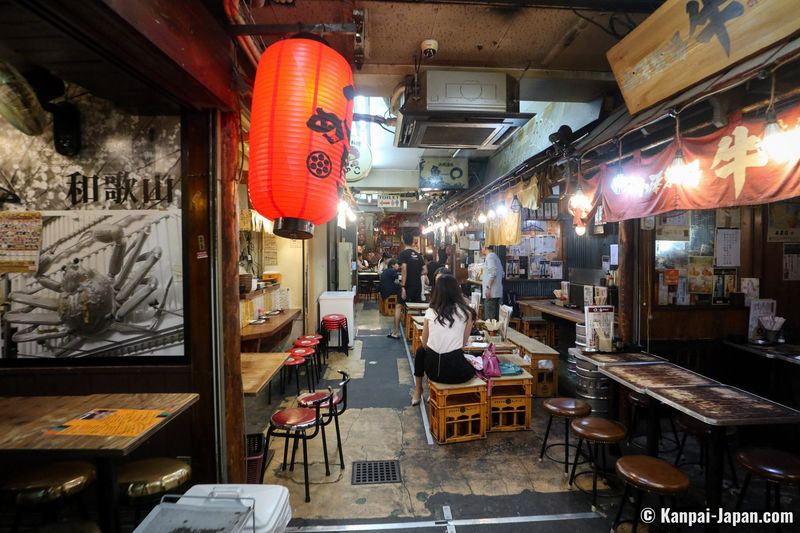
Tucked behind Ebisu Station, these narrow alleys hide tiny ramen counters where salarymen grab late-night meals. The cramped quarters create an intimate dining experience impossible to replicate.
Each stall specializes in different regional styles, from Hokkaido miso to Kyushu tonkotsu variations. The chefs know regular customers by name and adjust seasonings to individual preferences.
Most visitors walk past these unmarked entrances without realizing they’re missing authentic Tokyo ramen culture. The language barrier adds adventure, but pointing and smiling works perfectly for ordering incredible bowls.
3. Nakano Broadway Food Court – Otaku Ramen Paradise
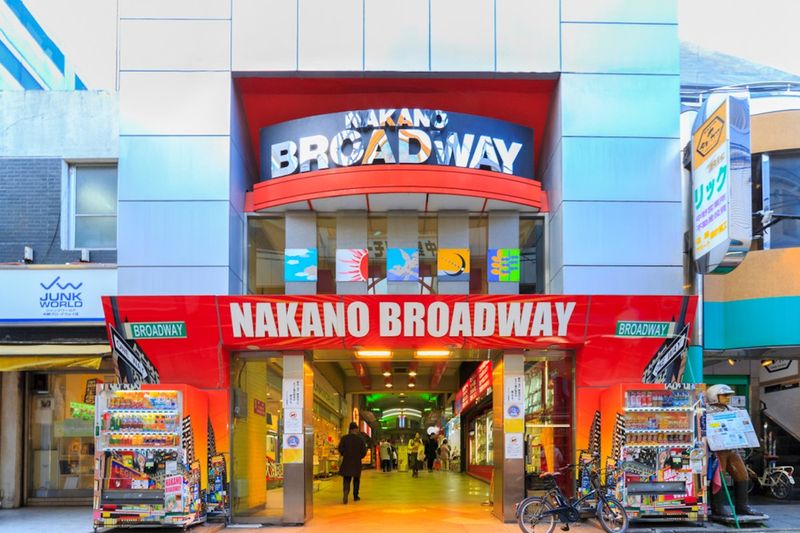
Beyond the manga shops and anime figures, Nakano Broadway’s basement food court serves exceptional ramen to locals and subculture enthusiasts. The unpretentious atmosphere encourages experimentation.
Multiple vendors compete for customers, driving quality up while keeping prices reasonable. The diverse crowd includes everyone from office workers to cosplayers sharing tables.
This authentic community gathering space offers insight into real Tokyo dining culture. The ramen quality rivals famous shops, but the relaxed environment lets you actually enjoy your meal without feeling rushed.
4. Kameido Gyoza Stadium – Neighborhood Champion
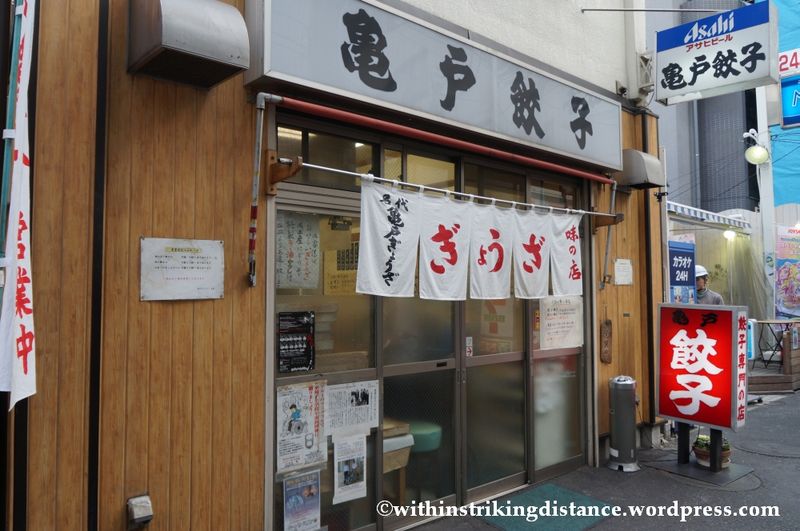
While known for gyoza, this Kameido institution serves outstanding ramen that locals consider among Tokyo’s best-kept secrets. The family-run operation has perfected their recipes over three generations.
The rich chicken-based broth requires twelve hours of simmering to achieve its signature depth. Hand-pulled noodles have the perfect texture that mass-produced versions can’t match.
Located far from tourist districts, this authentic neighborhood gem rewards adventurous diners with exceptional value. The elderly chef still personally tastes every bowl before serving, ensuring consistent quality that builds lifelong customers.
5. Sugamo Jizo-dori Street Stalls – Senior Citizen’s Choice
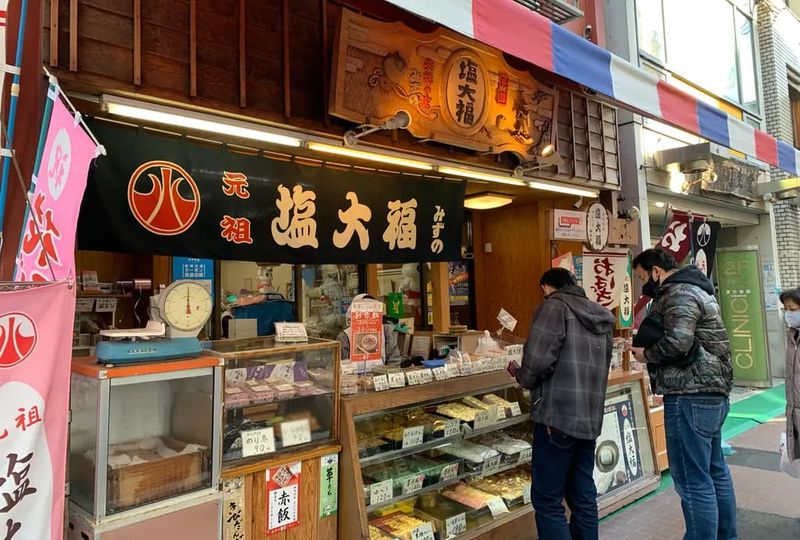
Sugamo’s shopping street caters to Tokyo’s elderly population, ensuring the ramen vendors serve authentic flavors that satisfy discerning local tastes. These seniors won’t tolerate mediocre food.
The simple street-side stalls focus entirely on perfecting basic ramen elements without fancy gimmicks. Prices remain incredibly reasonable because the customer base values substance over style.
Young visitors discover that following Tokyo’s grandparents leads to the most authentic dining experiences. The warm welcome and generous portions create memories that last far beyond typical tourist restaurant visits.
6. Kichijoji Harmonica Yokocho – Jazz Age Ramen
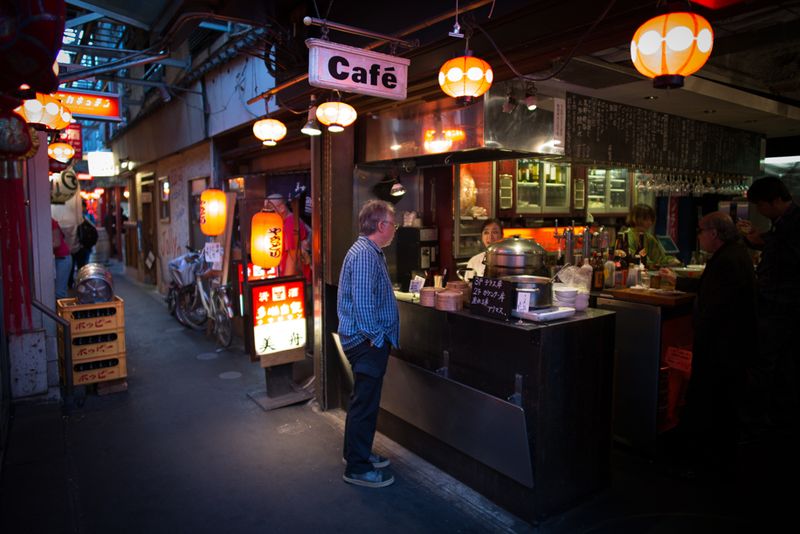
These tiny post-war drinking alleys transformed into intimate ramen destinations where jazz music accompanies slurping sounds. The bohemian atmosphere attracts artists, musicians, and creative professionals.
Each micro-restaurant seats fewer than eight people, creating conversations between strangers over steaming bowls. The chefs often double as bartenders, serving beer alongside their signature ramen.
The eclectic crowd and creative energy make dining here feel like joining Tokyo’s underground cultural scene. Reasonable prices and exceptional quality prove that the best ramen experiences happen in the most unexpected places.

